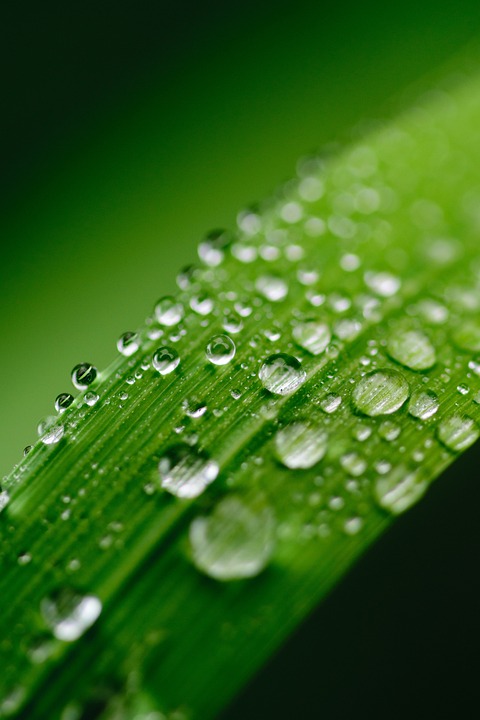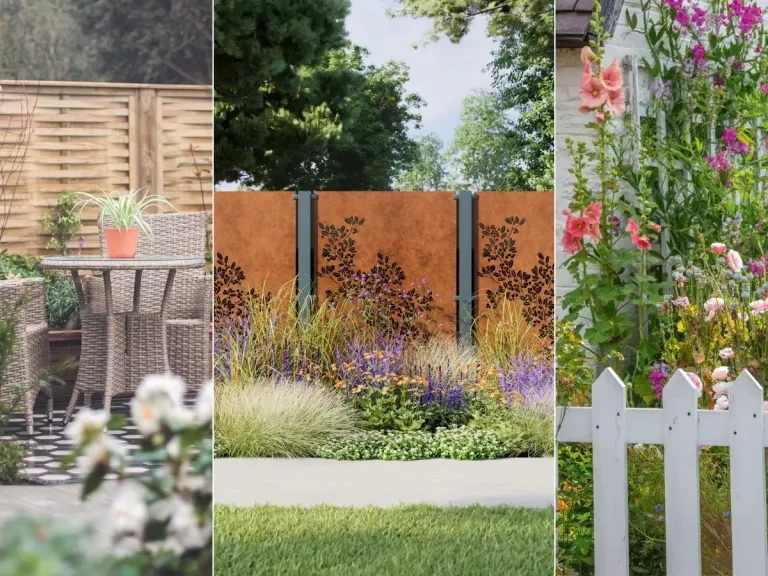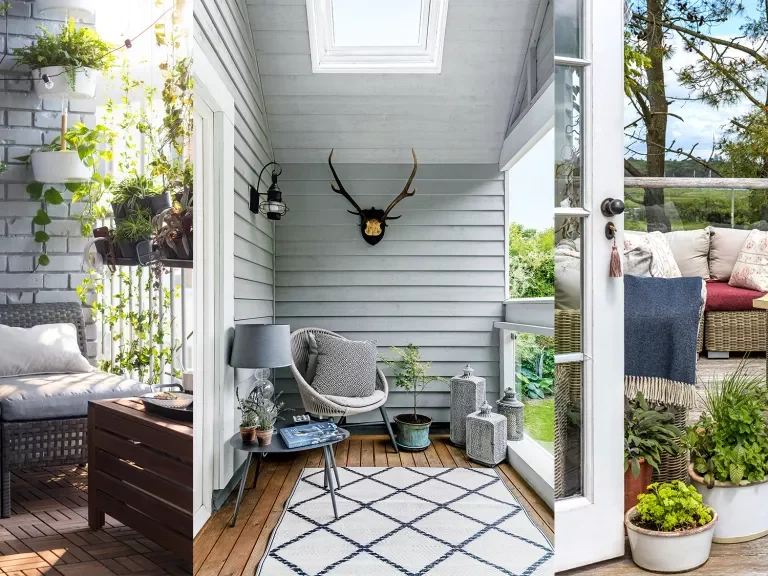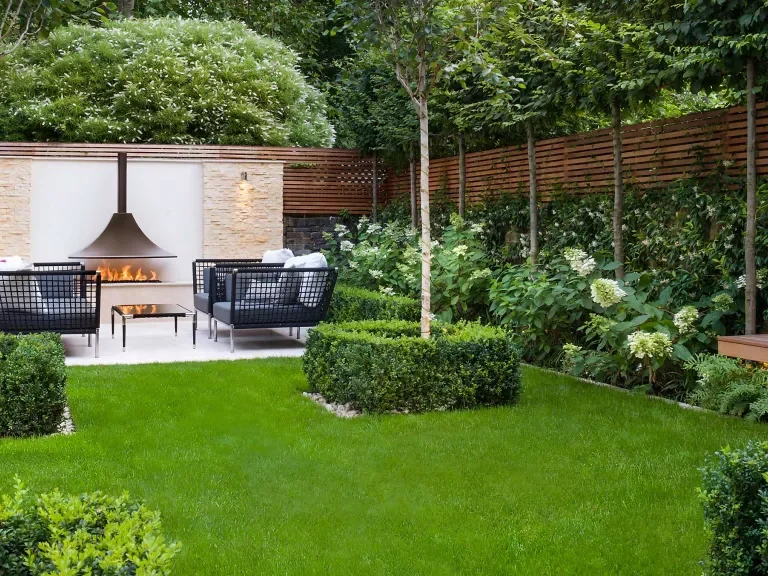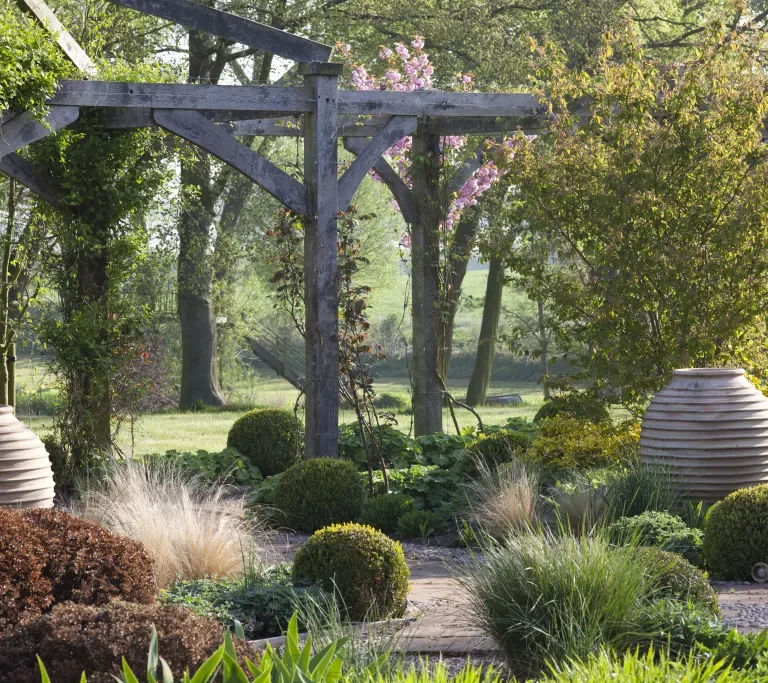Bridging Nature and Technology: The Art of Modern Garden Design
In today’s fast-paced world, where technology dominates many aspects of our lives, there is an increasing desire to reconnect with nature. One way to achieve this is through modern garden design, which harmoniously combines the beauty of nature with advancements of technology. This article will explore the art of modern garden design, its principles, and how it can transform outdoor spaces into breathtaking natural oases.
Table of Contents
- Introduction: The Evolution of Garden Design
- The Principles of Modern Garden Design
- Harmony and Balance
- Simplicity and Minimalism
- Integration of Technology
- Sustainable Practices
- Incorporating Technology in Modern Garden Design
- Smart Irrigation Systems
- Automated Lighting Solutions
- Remote Garden Monitoring
- Green Walls and Vertical Gardens
- Blending Natural and Synthetic Elements
- Using Organic Materials
- Artificial Structures and Features
- Naturalistic Planting Schemes
- Enhancing Outdoor Living Spaces
- Outdoor Kitchens and Dining Areas
- Relaxation and Entertainment Zones
- Water Features and Swimming Pools
- Fire Pits and Heating Systems
- Creating a Sustainable Garden
- Rainwater Harvesting
- Native Plant Selection
- Permeable Surfaces
- Composting and Recycling
- Conclusion
- FAQs (Frequently Asked Questions)
1. Introduction: The Evolution of Garden Design
Throughout history, garden design has evolved to reflect the changing cultural, social, and technological trends. From formal gardens of the past to the organic and sustainable landscapes of today, the art of garden design has embraced innovation and adaptation. Modern garden design seeks to seamlessly blend the natural beauty of the outdoors with the convenience and functionality of technology.
2. The Principles of Modern Garden Design
2.1 Harmony and Balance
Modern garden design focuses on creating a sense of harmony and balance between various elements within the space. It involves thoughtful placement of plants, structures, and hardscapes to ensure a visually appealing and cohesive environment.
2.2 Simplicity and Minimalism
Simplicity and minimalism are key principles of modern garden design. Clean lines, uncluttered spaces, and a limited color palette help create a sense of tranquility and sophistication.
2.3 Integration of Technology
The integration of technology is a defining characteristic of modern garden design. It involves the use of innovative solutions such as automated irrigation systems, smart lighting, and remote monitoring to enhance the functionality and efficiency of the garden.
2.4 Sustainable Practices
Sustainability is a crucial consideration in modern garden design. Incorporating eco-friendly practices like water conservation, native plant selection, and organic gardening methods helps reduce the environmental impact of the garden.
3. Incorporating Technology in Modern Garden Design
3.1 Smart Irrigation Systems
Smart irrigation systems utilize weather data and soil moisture sensors to provide optimal watering schedules for plants. This not only conserves water but also ensures that plants receive the right amount of moisture, promoting their health and growth.
3.2 Automated Lighting Solutions
Automated lighting solutions enable homeowners to create dramatic lighting effects in their gardens. These systems can be programmed to turn on and off at specific times, highlighting key features and creating ambiance.
3.3 Remote Garden Monitoring
Remote garden monitoring allows gardeners to keep track of various environmental factors, including temperature, humidity, and soil conditions. This information can be accessed remotely, enabling timely adjustments and interventions to maintain the garden’s health.
3.4 Green Walls and Vertical Gardens
Green walls and vertical gardens are innovative ways to maximize space and bring greenery into urban environments. These structures incorporate vertical planting systems, allowing plants to grow vertically on walls or freestanding frames.
4. Blending Natural and Synthetic Elements
4.1 Using Organic Materials
In modern garden design, organic materials such as natural stone, wood, and gravel are often used to create a connection with the surrounding natural environment. These materials add texture, warmth, and a sense of authenticity to the space.
4.2 Artificial Structures and Features
Artificial structures and features, such as pergolas, gazebos, and water fountains, can add architectural interest and focal points to the garden. These elements create a harmonious balance between the natural and the man-made.
4.3 Naturalistic Planting Schemes
Naturalistic planting schemes mimic the patterns and compositions found in nature. They often feature a mix of native and adapted plant species, creating a biodiverse and visually appealing garden that requires less maintenance.
5. Enhancing Outdoor Living Spaces
5.1 Outdoor Kitchens and Dining Areas
Modern gardens often incorporate outdoor kitchens and dining areas, providing opportunities for cooking, dining, and entertaining in a natural setting. These spaces are designed to be functional, comfortable, and seamlessly integrated into the overall garden design.
5.2 Relaxation and Entertainment Zones
Creating relaxation and entertainment zones within the garden allows homeowners to unwind and enjoy outdoor activities. From cozy seating areas to outdoor theaters, these spaces are designed to provide comfort, entertainment, and a connection with nature.
5.3 Water Features and Swimming Pools
Water features, such as ponds, waterfalls, and reflecting pools, add a soothing and captivating element to modern gardens. Swimming pools, whether natural or contemporary in design, offer opportunities for exercise, relaxation, and recreation.
5.4 Fire Pits and Heating Systems
Fire pits and heating systems extend the usability of the garden into cooler evenings or seasons. They create a cozy and inviting atmosphere, allowing homeowners to enjoy their outdoor spaces even in colder weather.
6. Creating a Sustainable Garden
6.1 Rainwater Harvesting
Rainwater harvesting involves capturing and storing rainwater for later use in the garden. This sustainable practice helps reduce water consumption and promotes the health of plants by providing them with chemical-free water.
6.2 Native Plant Selection
Choosing native plant species is a fundamental aspect of creating a sustainable garden. Native plants are well-adapted to the local climate, requiring less water, fertilizer, and maintenance. They also provide habitats for local wildlife.
6.3 Permeable Surfaces
Permeable surfaces, such as permeable paving and gravel pathways, allow rainwater to infiltrate the ground instead of running off into storm drains. This helps prevent water runoff and contributes to groundwater recharge.
6.4 Composting and Recycling
Composting organic waste and recycling garden materials are essential practices in sustainable garden design. Compost enriches the soil, reduces waste, and decreases the need for synthetic fertilizers, while recycling minimizes the use of new materials.
7. Conclusion
Modern garden design represents a bridge between nature and technology, offering a harmonious blend of natural beauty and innovative solutions. By incorporating technology, sustainable practices, and thoughtful design principles, modern gardens have the power to transform outdoor spaces into captivating and functional retreats. Whether it’s creating a peaceful oasis, an entertainment hub, or a sustainable haven, the art of modern garden design celebrates the beauty of nature while embracing the conveniences of our modern world.
FAQs (Frequently Asked Questions)
1. Can modern garden design be applied to small spaces?
Yes, modern garden design principles can be adapted to small spaces, allowing for the creation of beautiful and functional gardens even in limited areas.
2. How can technology enhance the efficiency of garden maintenance?
Technology, such as automated irrigation systems and remote monitoring, can optimize watering schedules and provide real-time information on the garden’s health, making maintenance more efficient and effective.
3. Are modern gardens environmentally friendly?
Yes, modern gardens prioritize sustainability by incorporating practices like rainwater harvesting, native plant selection, and composting, reducing their environmental impact.
4. Can I incorporate modern garden design elements into an existing garden?
Absolutely! Modern garden design principles can be integrated into existing gardens through strategic additions, renovations, and thoughtful plant selection.
5. How can I find a professional garden designer for my project?
You can find professional garden designers through local gardening associations, online directories, or by seeking recommendations from friends or neighbors who have had successful garden design experiences.

